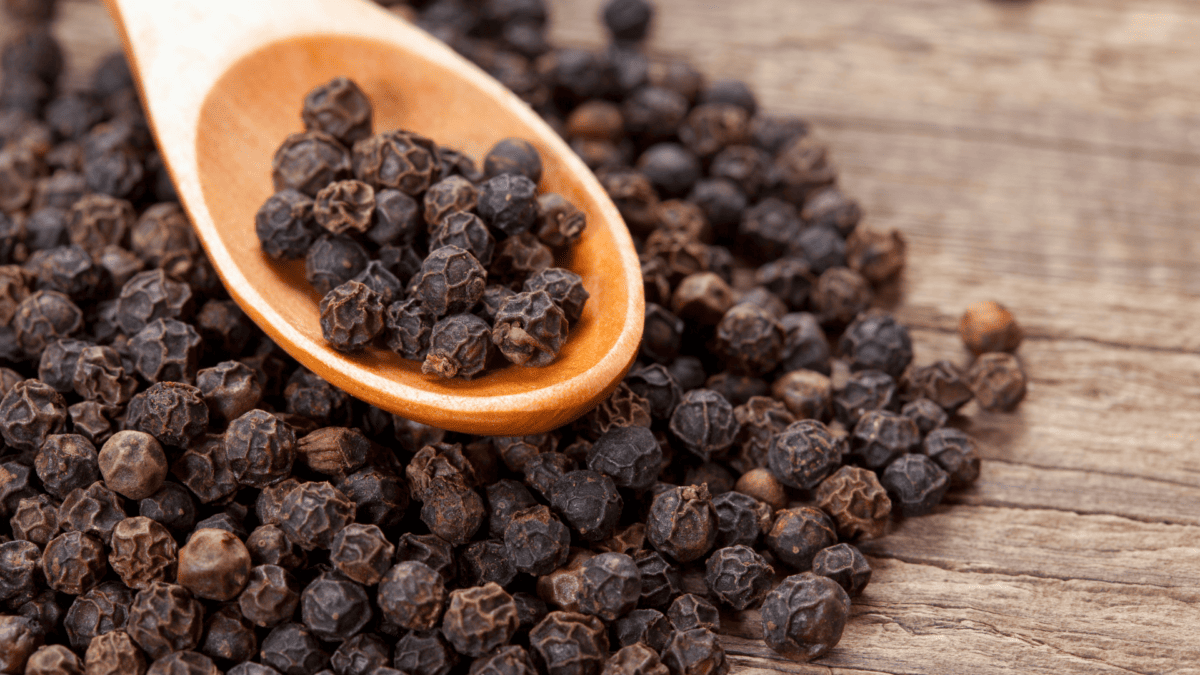One thing that has become well-known in the last several years of cannabis research, is that Cannabis Sativa is a very complex plant. Through the on-going discovery of compounds, we are becoming more aware of the capabilities of the plant as well as where compounds may appear otherwise in nature.
The Complexity of the Cannabis Plan
More than 550 chemical compounds have been discovered in cannabis, with more than 100 phytocannabinoids identified to include delta-9-tetrahydrocannabinol (THC) and cannabidiol (CBD). In addition to phytocannabinoids, over 100 terpenes have also been identified. The many constituents of the plant have been indicated as therapeutic agents across numerous medical conditions. Phytocannabinoids were earlier thought to be exclusive to Cannabis sativa but have now also been discovered in Rhododendron species, some legumes, the liverwort genus Radula, and fungi.
Beta-caryophyllene (B-caryophyllene)
B-caryophyllene is a terpene present in many herbs and spices such as black pepper, cloves, basil, and oregano. It is also one of the first cannabis-derived compounds other than THC, CBD, and cannabinol (CBN) shown to bind directly to CB2 receptors in the endocannabinoid system (ECS). As one of the most abundant secondary metabolites in cannabis essential oil, it has the distinction of being known as the first “dietary cannabinoid”. Orally administered B-caryophyllene has shown to produce strong anti-inflammatory and analgesic effects as well as effective at reducing neuropathic pain.
Cannabigerolic acid (CBGA)
A 2023 study published in Nature Plants showed the presence of more than a dozen cannabinoids in the glandular trichomes of Helichrysum umbraculigerum, an Asteraceae species found in South Africa and more commonly known as “woolly umbrella”. While major cannabinoids THC and CBD were not found, significant amounts of CBGA (the acidic precursor to CBG) were found.
CBD
Even more recently than the previous study, scientists have discovered CBD in a common Brazilian plant known as Trema micrantha blume. Currently the lead researcher at the Federal University of Rio de Janeiro (UFRJ) is gathering a team of biologists, chemists, botanists, and geneticists who will research the most efficient way to extract CBD from the shrub. Once they do, they will analyze the newly found CBD to understand if the CBD found there contains the same properties as CBD extracted from the Cannabis sativa plant.
The Role of Phytocannabinoids in Mammals and Plants
Phytocannabinoids play significant roles in therapeutic effects in mammals with an ECS. This includes, but is not limited to, antiseizure, anti-inflammatory, anti-tumoral, anti-depressant, analgesic, antiemetic, anti-anxiety, sleep improving, and bone growth activity. In plants, phytocannabinoids defend against pathogenic attack, herbivory, heat and cold stress, oxidative stress, and radiation stress. Antibacterial and antifungal properties have also been discovered.
Given the versatile use of phytocannabinoids in both humans and plants and benefits realized when appropriately used, further investigations are needed across different plant species to deepen our understanding of their mechanisms of action as well as availability in nature.



